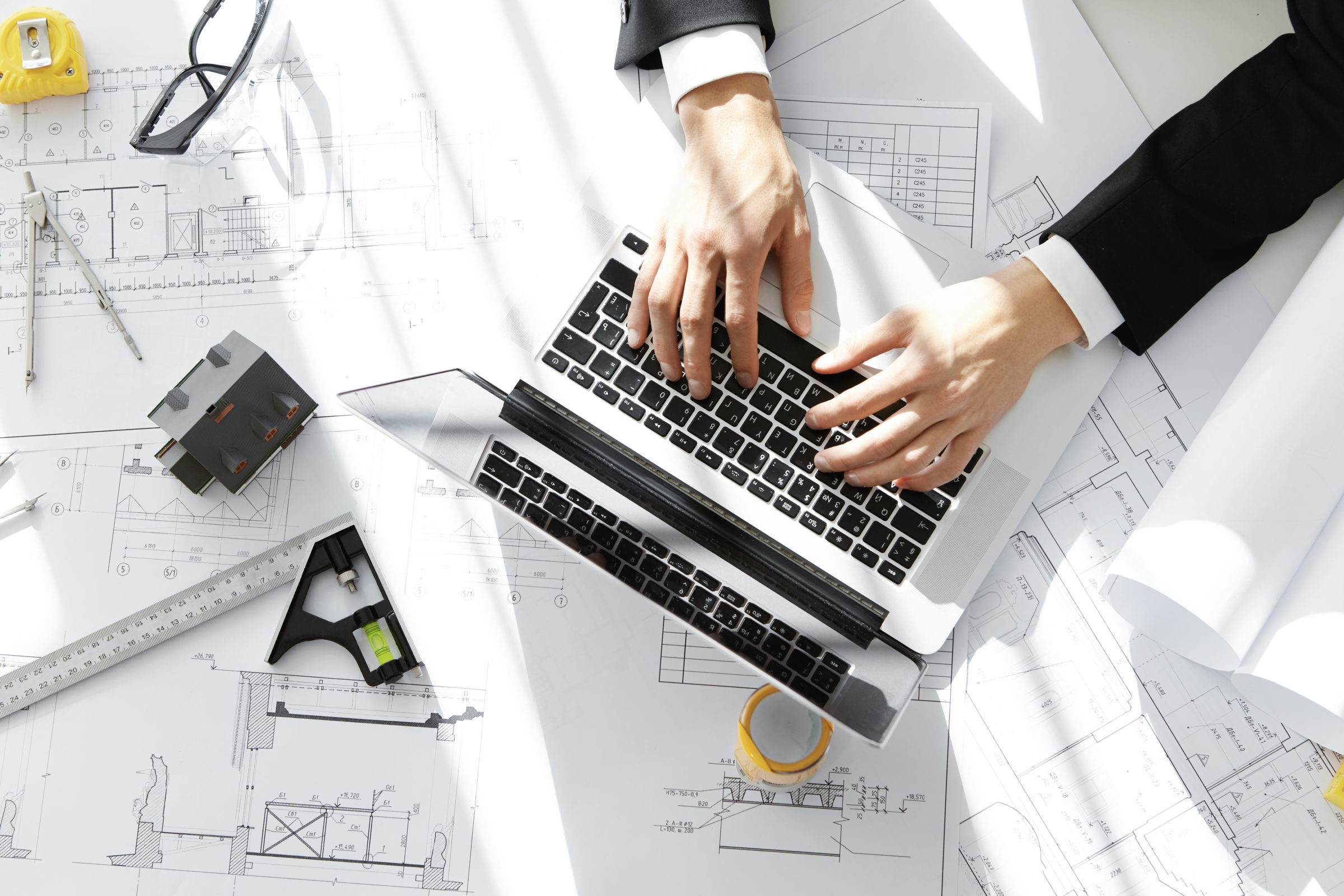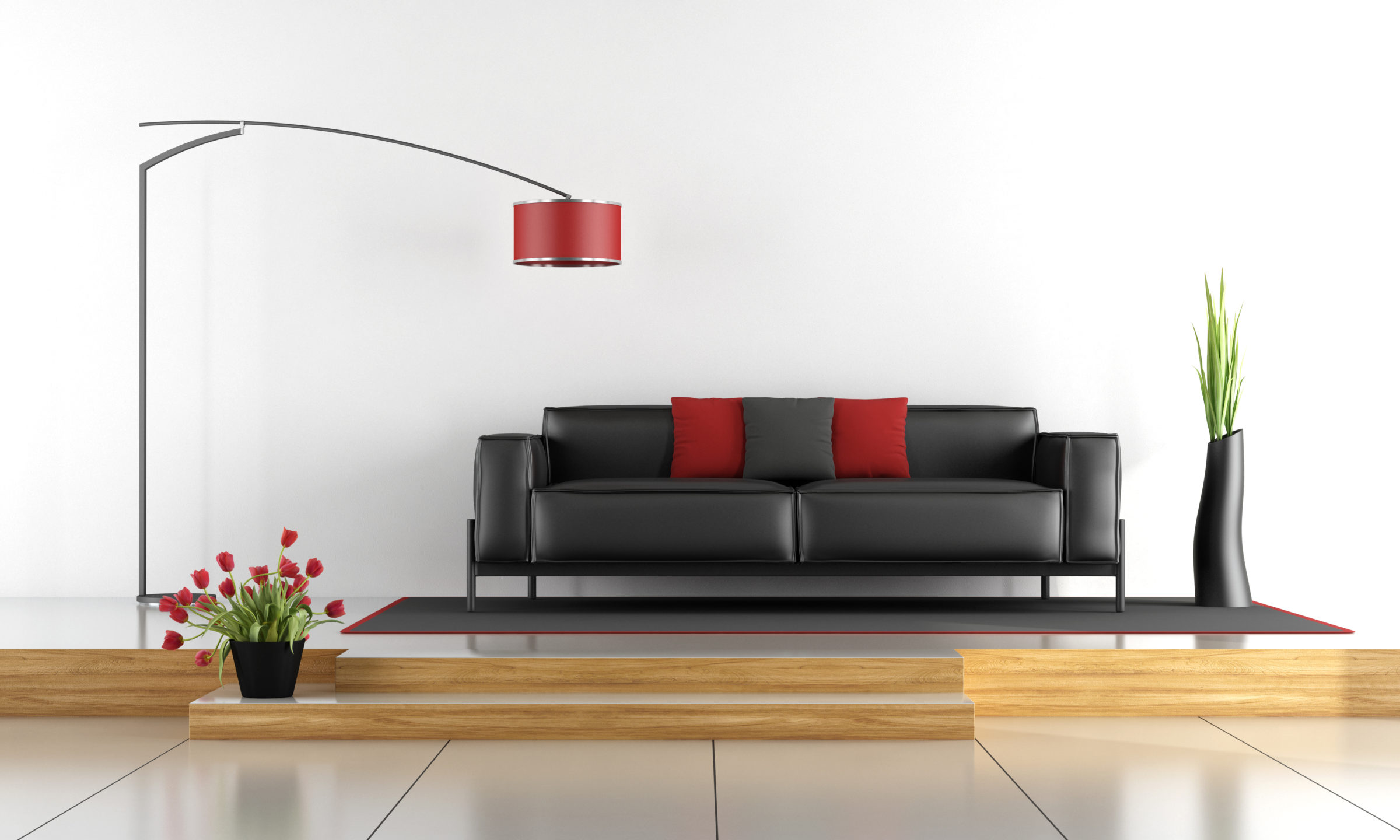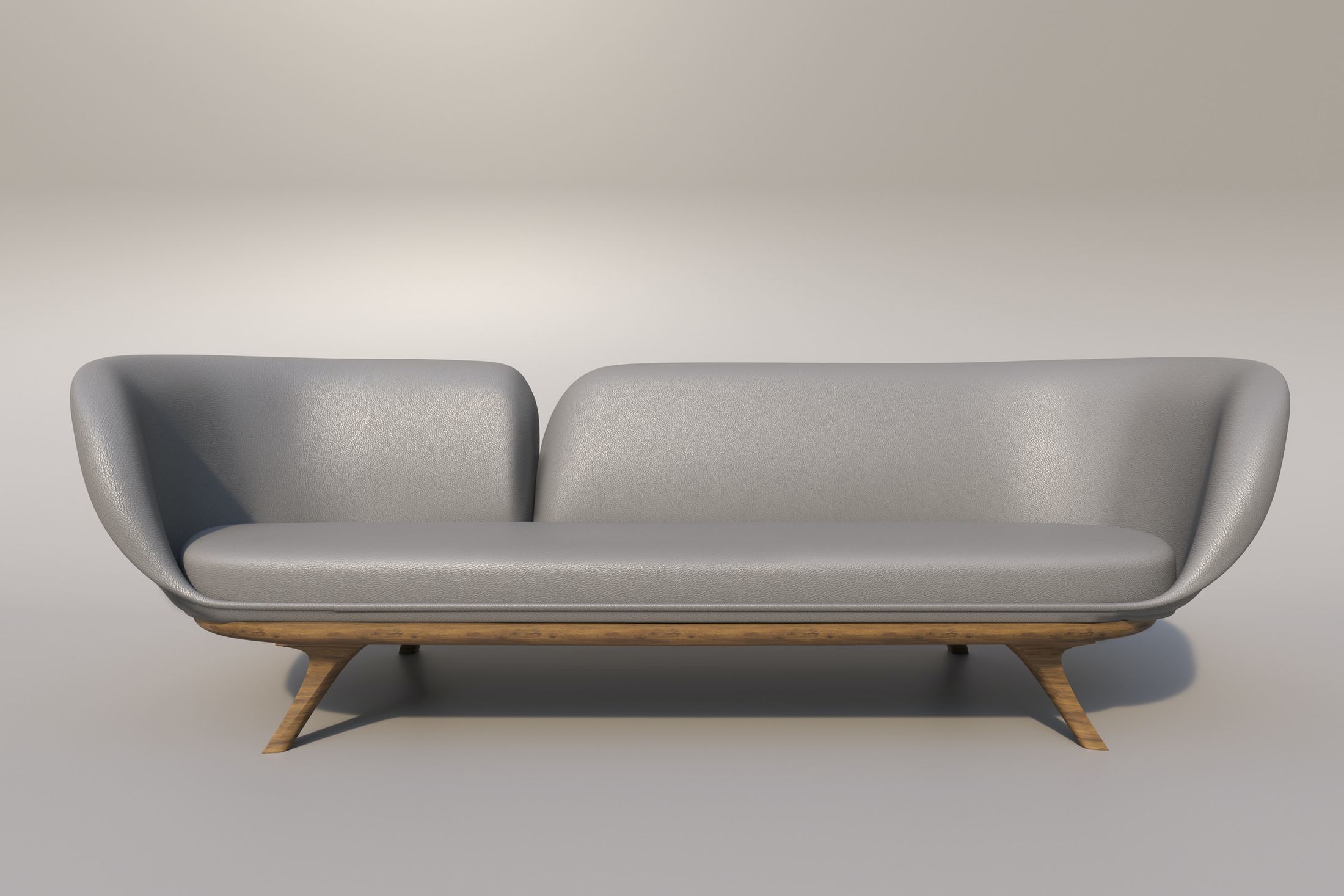In the world of interior design, 3D modeling is now in high use, all thanks to the ever-growing technology where designers can integrate their creativity into making something solid, unique, and exemplary.
Benefits of 3D Modeling for Designs
Some benefits that come with including 3D modeling into designing include the following:
- Having a streamline of products for all design cycles.
- Improved accessibility of the design process.
- Better communicating and networking among all teams – internal and external.
- Cost-effectiveness in terms of identifying issues with design and quality beforehand investment.
- An easier physical prototype made easy.
- Increased effectiveness for data management.
These are important ways designers can trust 3D modeling to create something high in quality and committed to performance. One can see how a 3D model is much better than the conventional 2D mode of furniture design.

Creation of Sofa 3D Models
3D modeling is also incredibly beneficial in helping the process of sofa designing. Let’s see the process through which sofa 3D models are created.
1. Blocking
In the first step, the interior designer can make the draft sofa 3D models and then arrange them to make a full scene. They add a focus on the boundaries and the shell of the sofa. It will display the placements and the key poses of the sofa, which need to be created by the designer.
2. Details
The second stage involves the detailing of the initial sofa 3D models. This helps the 3D models to get more detailed and smoother – they start getting their final shape. In this context, some artists may also set the placements of the camera and the lighting here to prepare the whole scene for the texturing process.
3. Texture
This step enables the interior designer to create the 3D sofa model to look even more realistic by adding the textures, designs, and colors. We can believe that it shows the entire art of giving actual clothes to the 3D model. Concepts such as UV mapping and texture applications are utilized in different apps.
In other words, the sofa design becomes more realistic to look. Some artists take the help of pictures for their sofa 3D models, where they focus on details such as seals, shadows, and table corners.
4. Rendering
Rendering is the next step that comes after lighting and texturing the sofa 3D model. In this stage, the artist focuses on adjusting the mistakes to look more life-like and close to the real world.
5. Post Processing Stage
Post-processing software is used in the final process to tweak any details needed for the sofa. Some photo filters, color treatments, and other benefits are used to make the whole scene quite appealing for the viewer. In this process, lighting is also an important part that adds some realness to the process. What’s more, enhanced detailing helps create even more convincing models. However, this process is a little time-consuming and requires some extra focus from the designer or artist.

From Modeling to Production
All of these steps highlight the fact that every little detail is taken into account when creating a 3D sofa model. With the help of innovative software and tools, a designer can create the unique model they want to produce. Also, they can check the applicability of the design before finalizing it for the production process. In this regard, 3D modeling comes as a highly safe option for it saves time and financial resources that may be wasted otherwise during its production.
When the final 3D model goes through all detailing and processes, it is time to proceed with the production of the 3D model. 2D clip art from Hum2D has only 2 dimensions, so it’s hard to use this type of image to design furniture. At the same time, 3D models have a measured and well-evaluated protocol that helps produce the sofa design.
Now, there are specific frameworks developed by production units to convert sofa 3D models to actual products. One such example includes producing an arbitrary mesh of the designed sofa, classifying it in a specific category, and using grammar for performing the mesh conversion process. However, this concept is just one way of looking at the process. The actual conversion process might include further details.
Modeling and Trends in Sofa Design
The advancements in 3D technology pave the way for the furniture design and manufacturing industry. Numerous things like AR and VR capabilities, automation, and artificial intelligence can integrate the best features into the sofa to create a quality design in the end.
What’s more, interior designing for furniture is a relatively innovative stage in the industry. Therefore, adopting a big part of the technology for reimagining brand-new, sophisticated sofa design is no longer challenging. However, the ways through which the tech benefits are still under exploration as generative designs get more and more popular in time.
Some of the trends in this aspect that will help with an improved sofa design and manufacturing include:
Most of the software vendors successfully improve the 3D tool features progressively to address the optimum consumer requirements. Yet, some consumers are not provided with the sufficient features that exist with those software packages. With more advancement, this gap is getting duly filled, and more opportunities are on the rise.
Software such as AutoCAD has improved the whole design technology based on the cloud. It is a 360 Drive tool for storage that eliminates all the restraints that enable only one individual to work on a sofa design, let’s say. With cloud-based solutions integrated into 3D modeling, multiple users can also work on them simultaneously.

Final Word
We see that 3D modeling for sofa design production is a meticulous and accurate process that combines all the elements of real-time designing and full-fledge computerization. This intricacy helps the designer to create something that includes all important designing materials and architectural expertise. After the 3D model design process is completed, the final result is ready to be sent forward for the production process.
